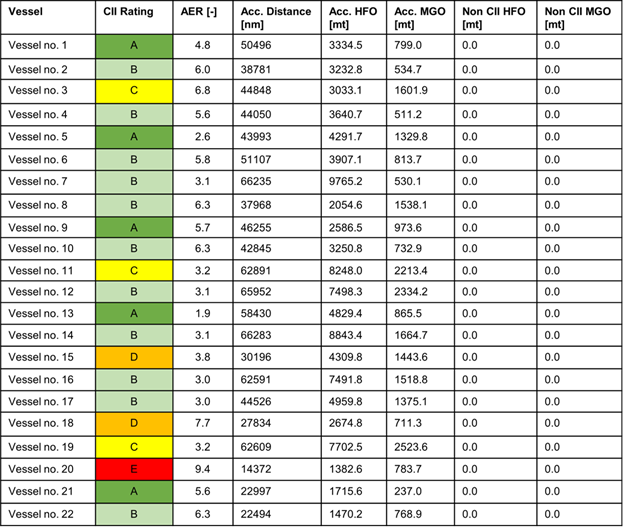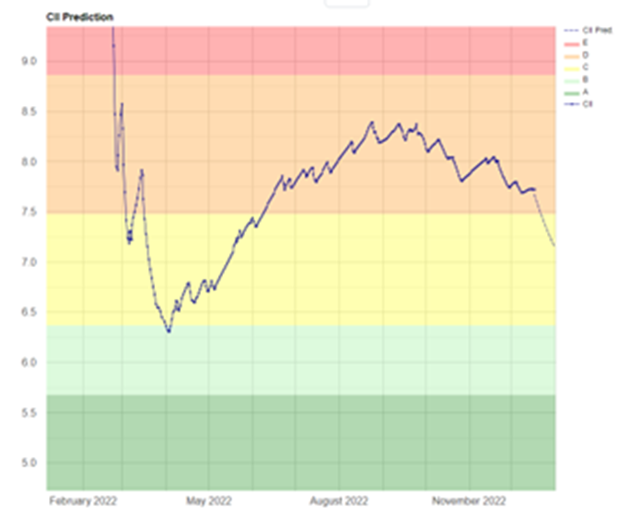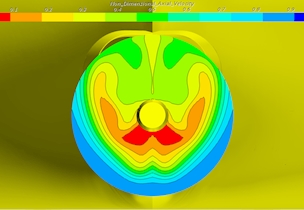Get help to calculate and predict emissions of any vessel
From 2023, all ships must calculate their Annual Efficiency Ratio (AER) and collect data to report their annual operational carbon intensity indicator (CII) and CII rating.
A step towards decarbonising international shipping
Carbon intensity describes the link between greenhouse gas (GHG)emissions and the amount of cargo carried over the distance travelled. To help reduce the carbon intensity of all ships by 40% by 2020 compared to 2008, the International Maritime Organisation (IMO) now requires ships to calculate two ratings: an Energy Efficiency Existing Ship Index (EEXI) to determine their energy efficiency and their annual operational Carbon Intensity Indicator (CII) and associated CII rating. The first annual reporting must be completed in 2023, with initial ratings given in 2024.CII determines the annual reduction factor needed to ensure the ship's continuous improvement
Based on a ship's CII, its carbon intensity will be rated A, B, C, D or E. A ship rated D for three consecutive years or E for one year will have to submit a corrective action plan as part of the Ship Energy Efficiency Management Plan (SEEMP Part III) to show how the required index of C or above will be achieved.Hydrodynamics experts calculate and predict vessel emissions
Our skilled team excels in vessel performance and fuel consumption monitoring. We have in-house towing tank facilities and decades of experience in efficient hydrodynamics. Our CII calculator can gather data and also predict CII numbers to help reduce fuel usage and achieve a higher CII rating. We can also advise on reducing fuel consumption to reduce emissions and gain a higher CII rating.


Get a call
Get in touch find out how we can help you gather and predict CII numbers. Fill in the form with as much information about your situation as possible, and we will get back to you.



